University of Strathclyde
Type of resources
Topics
Keywords
Contact for the resource
Provided by
Years
Formats
Representation types
Update frequencies
Scale
Resolution
-
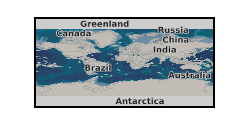
This dataset provides the linepacking times that have been generated for a set of pipeline dimensions, flow rates, lengths and pressure conditions. This work has been funded by the UK Carbon Capture and Storage Research Centre within the framework of the FleCCSnet project (UKCCSRC-C1-40). The UKCCSRC is supported by the EPSRC as part of the Research Councils UK Energy Programme (https://doi.org/10.1016/j.ijggc.2017.06.002). This dataset forms the basis of the work and analysis presented in the paper: Aghajani, H, Race, JM, Wetenhall, B, Sanchez Fernandez, E, Lucquiaud, M & Chalmers, H 2017, 'On the potential for interim storage in dense phase CO2 pipelines' International Journal of Greenhouse Gas Control.
-
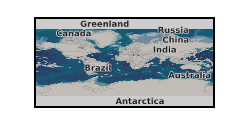
This presentation on the UKCCSRC Call 1 project, Flexible CCS Network Development, was presented at the Workshop1, 30.04.14. Grant number: UKCCSRC-C1-40.
-
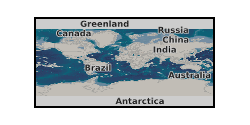
Raw CO2 and CH4 concentration data from a Picarro Cavity Ring Down Spectroscopy (CRDS) during experiments which tested the utility of methane as a tracer to quantify CO2 leakage into aqueous environments, as described in Myers, M., Roberts, J.J., White, C., and Stalker, L (2019) ‘An experimental investigation into quantifying CO2 leakage in aqueous environments using chemical tracers’ Chemical Geology
-
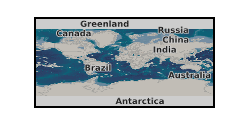
This presentation on the UKCCSRC Call 1 project, Flexible CCS Network Development, was presented at the Workshop1ES, 30.04.14. Grant number: UKCCSRC-C1-40.
-
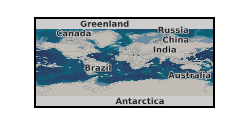
This poster on the UKCCSRC Call 2 project, Shelter and Escape in the Event of a Release of CO2 from CCS Infrastructure (S-CAPE), was presented at the Cranfield Biannual, 21.04.15. Grant number: UKCCSRC-C2-179.
-
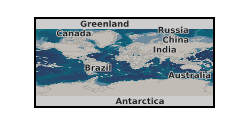
This poster on the UKCCSRC Call 1 project, Flexible CCS Network Development, was presented at the Cambridge Biannual, 02.04.14. Grant number: UKCCSRC-C1-40.
-

Compilation of CO2 release field experiments conducted worldwide for which the research results are publicly available prior to May 2017. This includes 14 field sites and 41 field experiments. For each field site, where possible, there is data on: The project: including primary aims, partners, total funding, duration, current status, website. Site information: including geology (target formation and overburden), hydrology, environment. Field experiment set-up: including injection depth, well orientation. Summary activity: total number of experiments at the site, total CO2 released. For each experiment at each site, where possible, there is data on: Injection parameters, including injection strategy, rate, duration, start and end date, CO2 source and properties, use of tracers; Site parameters, such as groundwater depth at time of experiment; Leakage to surface, including whether CO2 leakage to surface occurred, quantitation; Characteristics of surface leakage, including location, distribution, time taken to reach surface, evolution as experiment progresses; Subsurface CO2 spread, in soil gas and groundwater interaction, environmental impact; Monitoring including area monitored, duration of monitoring before, during, and after the release. Data sources are clearly cited. Paper reference: https://www.sciencedirect.com/science/article/pii/S0012825218304264?dgcid=author.
-
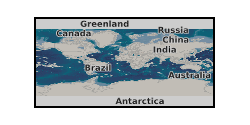
This poster on the UKCCSRC Call 1 project 3D Mapping of Large-Scale Subsurface Flow Pathways using Nanoseismic Monitoring was presented at the CSLF Call project poster reception, London, 27.06.16. Grant number: UKCCSRC-C1-19. Injection of fluids into geological formations induces microseismic events due to pressure changes causing either opening mode or shear mode fracturing. Injection for CO2 storage is designed to be well below the pressures required for hydraulic fracturing. Due to the inherent heterogeneity of geological formations, some existing structures will be critically stressed so small microseismic events are inevitable. Current reservoir monitoring strategies either examine time-lapse variations in the rock’s elastic properties (4D seismic) over diffuse areas, or aim to detect leakage from diffuse and point sources at the seabed (e.g. the QICS project). The aim of the project is twofold: • test the potential of a new technology (nanoseismics) for passive seismic monitoring that aims to image focused flow pathways at depth of an active CO2 injection site: the Aquistore site, Canada; • use a multi-disciplinary approach to interpret passive seismic data sets obtained during operation of the same site.
-
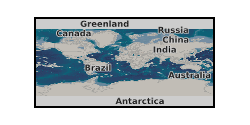
This data contains the output from the first Flexible CCS Network Development (FleCCSnet) workshop of stakeholders discussing the development of CO2 networks in the UK. The first was held on the 30 April 2014 at the University of Edinburgh, UK. The purpose of Workshop 1 was to identify and confirm the key questions to be considered in order to understand the most likely impacts of variability in the CO2 sources and variability in CO2 sinks on CO2 transport system design and operation. There were a total of 21 attendees including 7 representatives from PSE, Scottish Power, BP, SCCS, Parsons Brinckerhoff, Element Energy, and AMEC. The dataset consists of two reports. The first report, 'Developing CO2 networks: Key lessons learnt from the first Flexible CCS Network Development (FleCCSnet) project workshop', summarises the workshop findings, which have been used to create a series of scenarios that were investigated by transient simulation. The scenarios developed are described in the second report, 'Developing CO2 networks: Scenarios building on the first Flexible CCS Network Development (FleCCSnet) project workshop'.
-
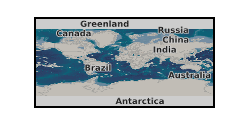
This poster on the UKCCSRC Call 2 project Shelter and Escape in the Event of a Release of CO2 from CCS Infrastructure (S-CAPE) was presented at the UKCCSRC Manchester Biannual Meeting, 13.04.2016. Grant number: UKCCSRC-C2-179.
 NERC Data Catalogue Service
NERC Data Catalogue Service